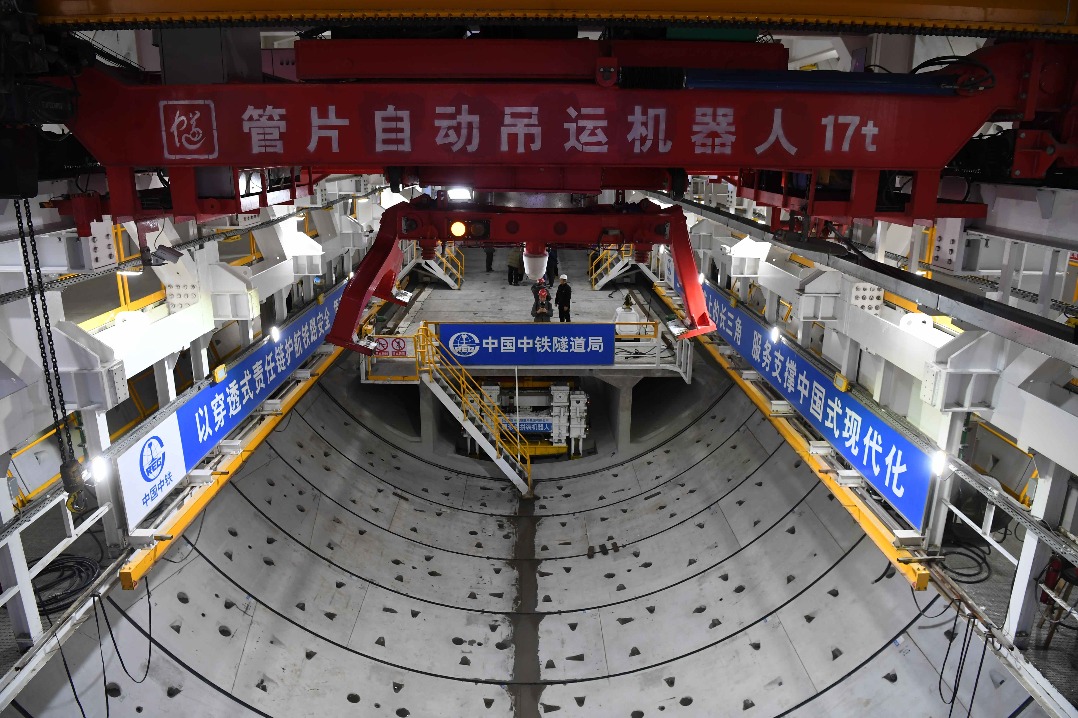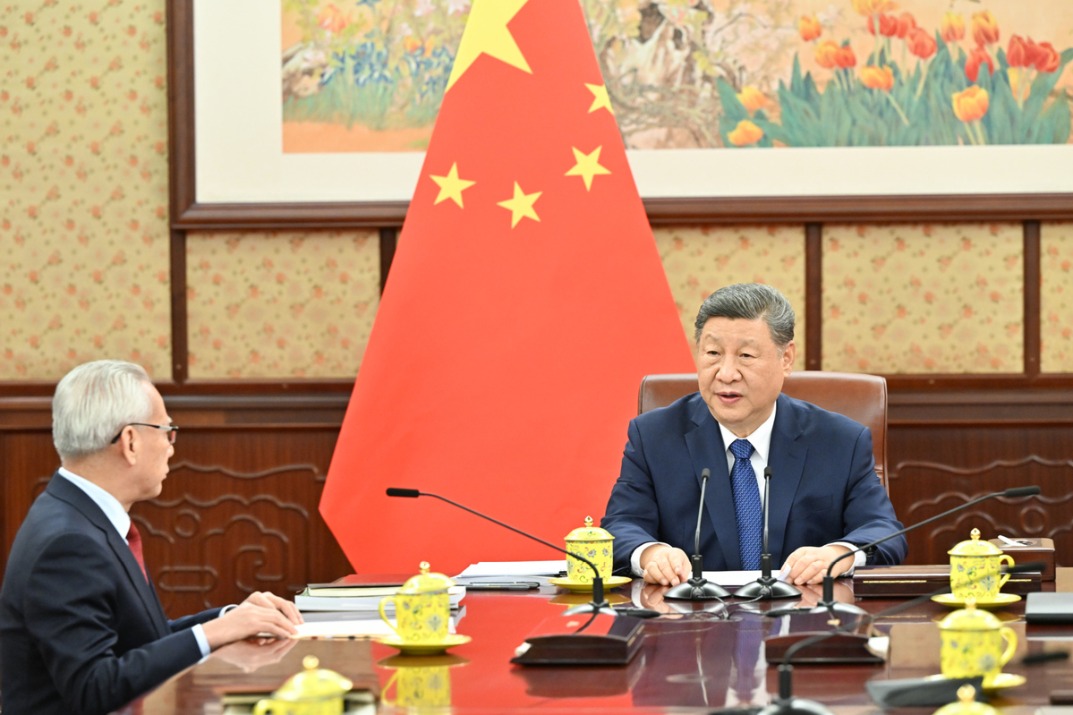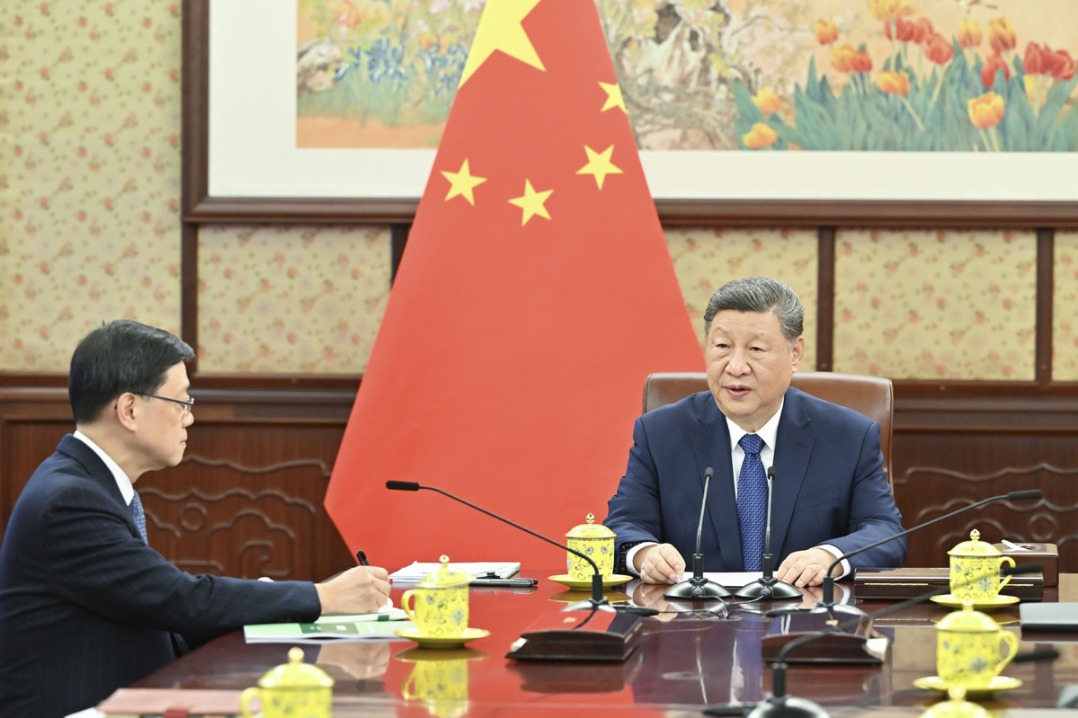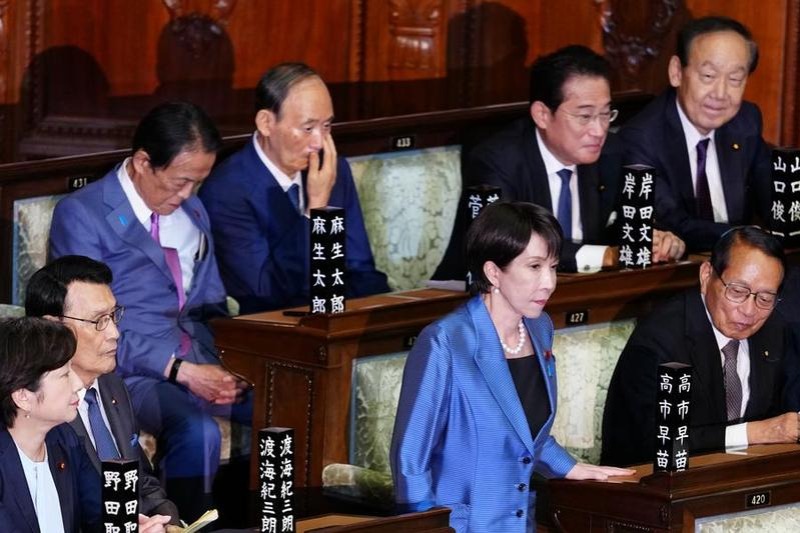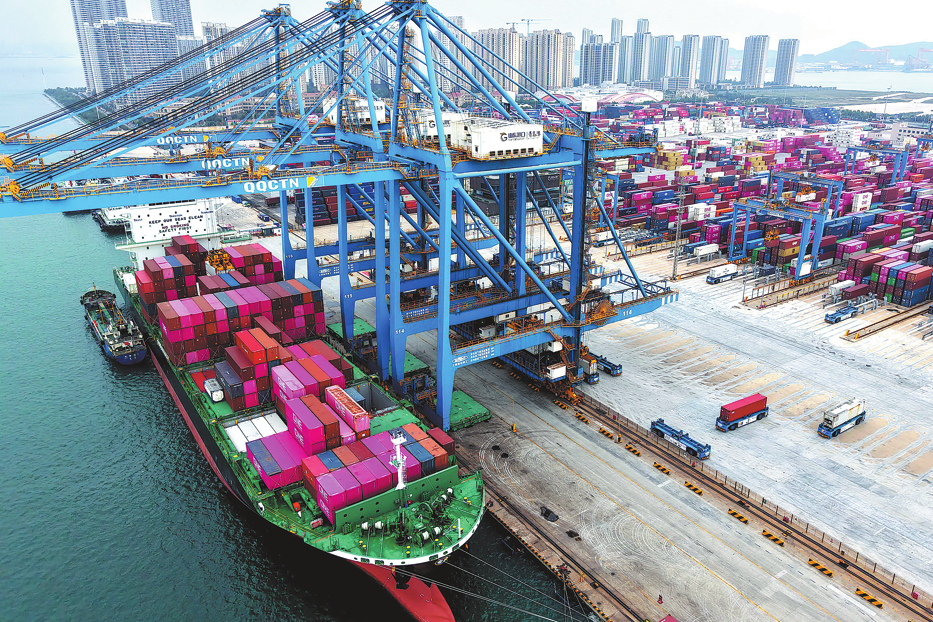Pain of transition to new employment


The unemployment rate for those aged between 16 and 24 rose to 19.6 percent last month, up 1.5 percentage points from February and the highest since August 2022, when the country was fighting the COVID-19 pandemic.
Cyclical, structural and frictional factors are all adding up to push up the youth unemployment rate.
Structural factors include the country's demographic change, economic restructuring and industrial upgrading.
Cyclical factors arise from fluctuations in the business cycle. When economic growth slows, demand naturally falls, and the businesses lay off workers. Currently, there is excess capacity in some traditional industries, and that directly affects enterprise efficiency and inhibits labor market demand as well.
The frictional factor refers to the imbalance between supply and demand in the labor market. For instance, the mismatch between job seekers' skills and experience and the job requirements of employers means it is difficult for job seekers to find a suitable job or employees to switch to a suitable position.
The development of the innovation economy and the acceleration of industrial upgrading have greatly changed the structure of the demand for human capital in the job market. Some posts and workplaces are disappearing, and a large number of labor forces flow back into the job market, which has superimposed the surge in labor supply, further intensifying the mismatch between human capital supply and demand.
That being said, to stabilize employment requires a multi-pronged approach to address both the symptoms and root causes.
Governments at various levels need to continuously optimize and improve relevant policies to increase policy and financial support for enterprises to employ college graduates through multiple channels.
They need to take practical and effective measures to stabilize employment in manufacturing and foreign trade enterprises in particular, adjust the majors offered by colleges and universities, and raise the quality of vocational education and skills training to meet market needs.
In addition, the authorities should further strengthen the support of their macro and industrial policies to create more jobs by expanding effective demand, boosting market confidence and stabilizing the operations of small businesses and enterprises, the major job creators, so that employment growth and economic development are mutually reinforcing.
Support for entrepreneurship should also be strengthened to increase employment opportunities and income levels, and policies such as loan guarantees and tax incentives should be provided to support young people to start businesses.
The vitality of policies lies in their implementation. Only when the government promotes synergistic coupling between employment policies and other macro policies can they generate their intended effects.



















